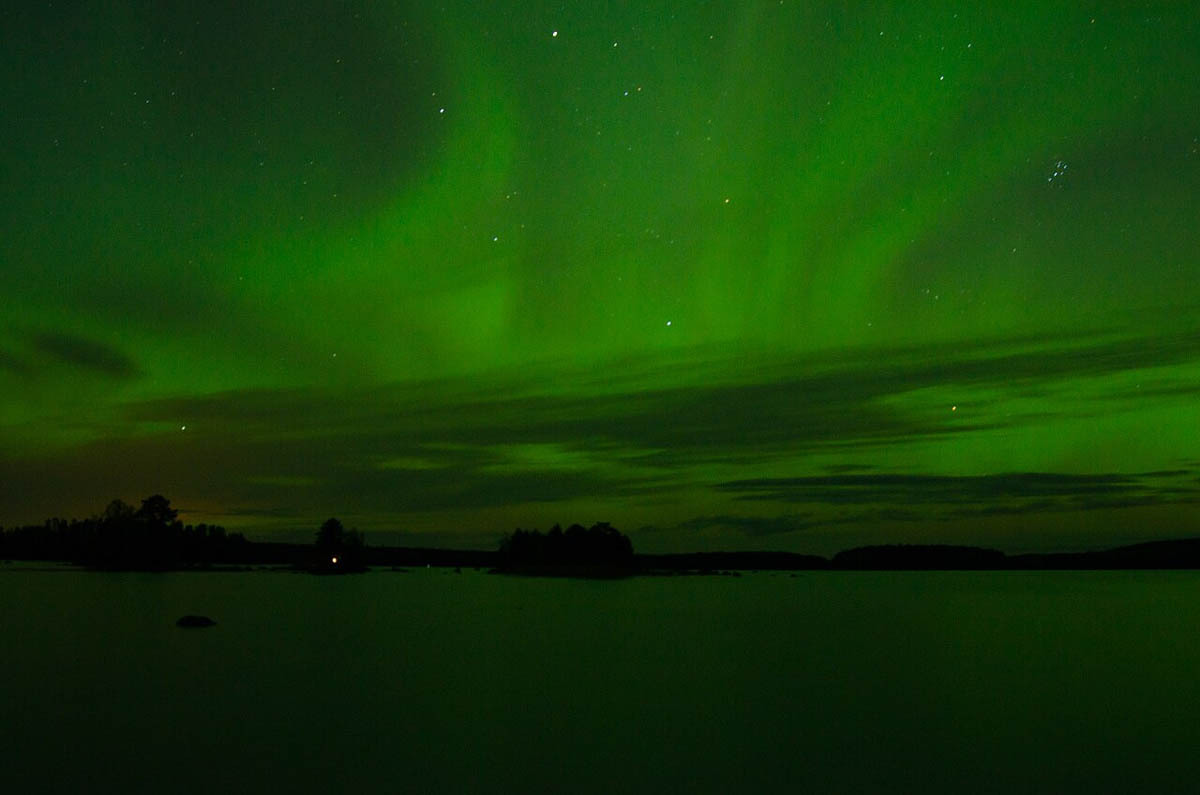
“Did you see them? Aurora Borealis? The Northern Lights?”
I hesitate: “Yes, and no.”
“How does that work?”
I will explain, but first things first.
We don’t ‘do’ cruises, but we made an exception for this holiday, on the basis that to see the Norwegian fjords up close, you probably need to be on a boat. High on our list of criteria were that this should be a ‘no-fly’ holiday and that it should be on one of the smaller cruise ships. So we booked, and have just had one of the best holidays ever.
I’ll keep the travel book stuff to a minimum – not because the places we visited and the things we saw were not spectacular – but because you can read all about them elsewhere. Suffice it to say, we sailed from Tilbury to Holland, then up the coast of Norway to Alta, stopping at various ports along the way, then back again. The scenery was amazing; this is a beautiful, beautiful country.
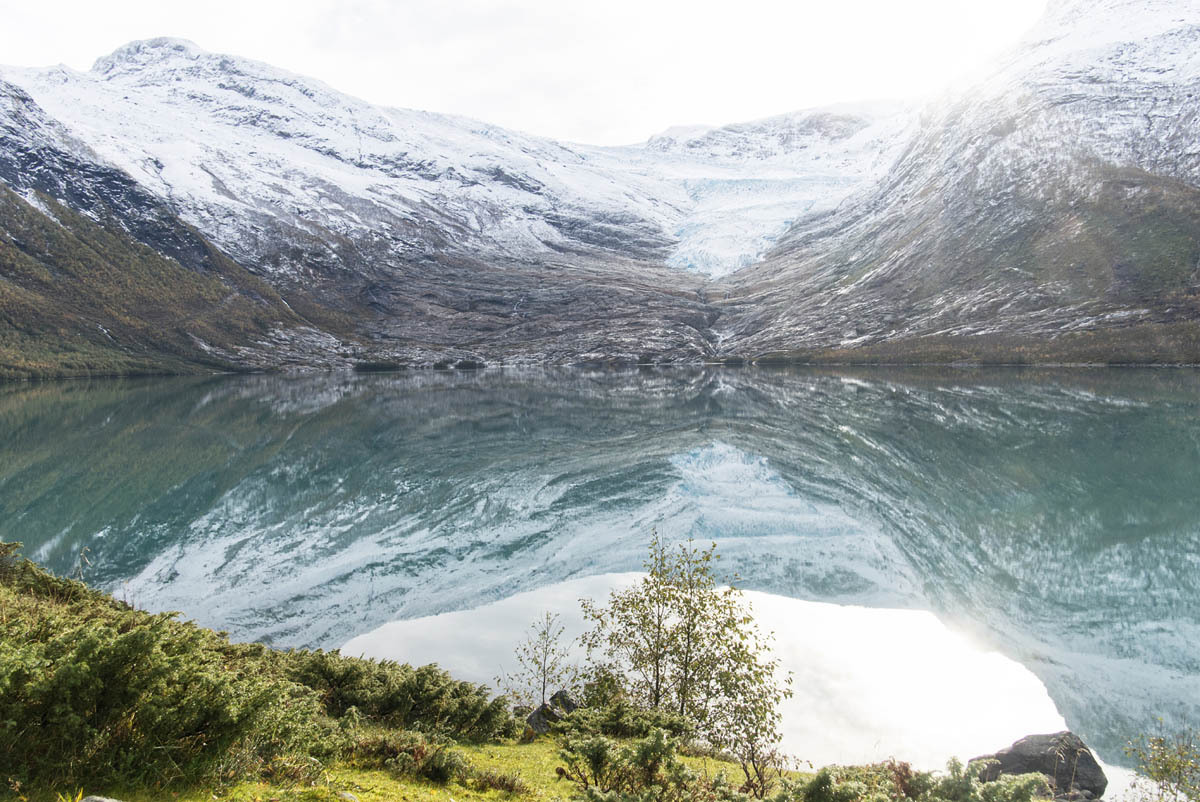
So what was it that made the trip so much more than just a multi-destination holiday? It was a combination of careful route-planning – covering as much ground between stops as possible overnight, and the offer of a huge range of activities from which to choose whilst not sightseeing. These were held in the lecture theatre, the art room, the science centre, the top deck, or any one of the many informal gathering spaces on the ship. In addition to the staff you would expect (sailors, cooks and so on) there was a dedicated expedition team, which included experts in their various fields. We learned such a lot about so much. What follows is a pick-n-mix of snippets of Nordic information we found interesting and didn’t know before.
Northern Lights
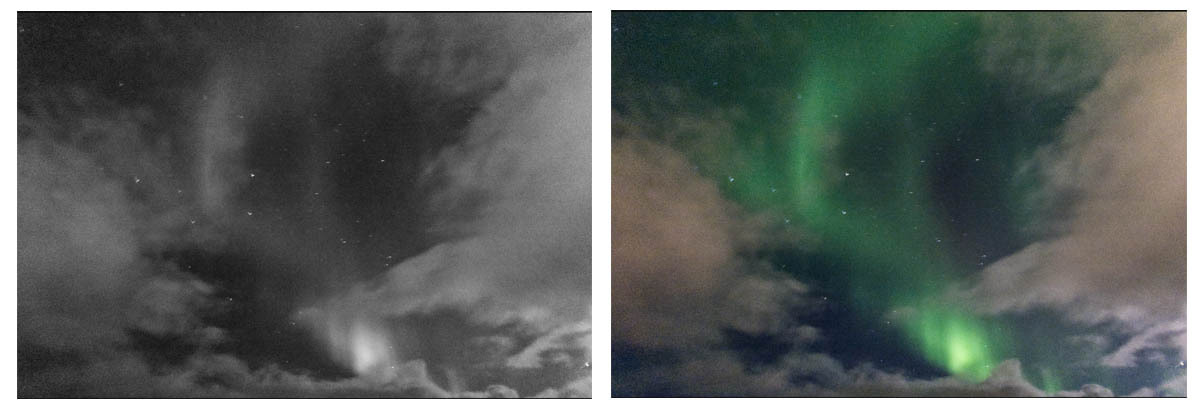
One of the most popular presenters was Tommy, the photographer. It was he who explained the phenomenon of seeing the northern lights whilst not seeing them. We knew that the human eye has different cells (rods and cones) that sense light, but we hadn’t realised that, unless the aurora are very bright, they will not register on the ‘night cells’ (rods), so will only appear to us in shades of grey. But the camera has no such restriction. Whenever the crew on the bridge saw the lights, they would announce it on the PA system and we would all rush to the top deck with our cameras. Not one of us saw the lights with our own eyes, but we all captured them on our cameras!
Ceremonies
We knew there were ceremonies for crossing the equator and the international date line, but we did not know there was one for crossing the arctic circle. There is. It involves pouring ice cold water over willing volunteers. Bizarre. That evening we found a couple of certificates in our cabin – we had crossed the arctic circle. Yay!
Vikings
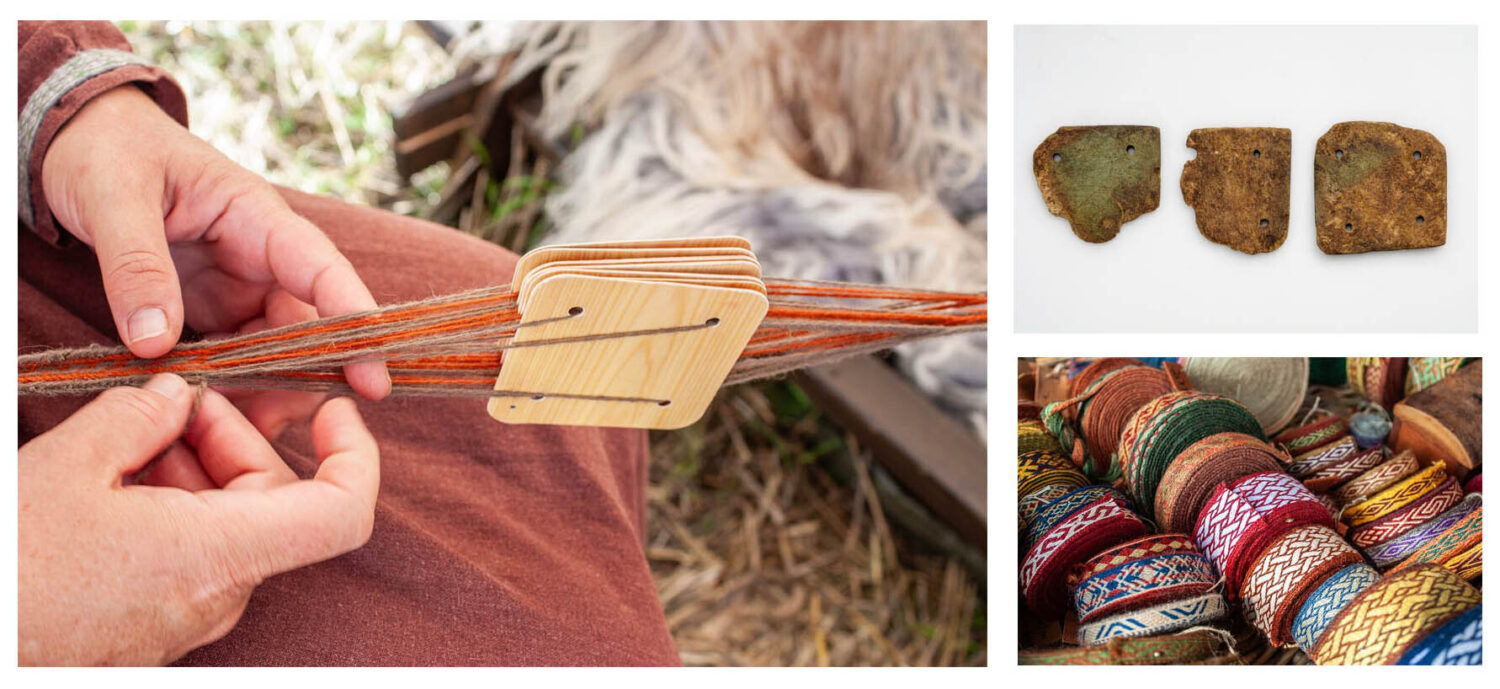
The Vikings didn’t spend all their time raping and pillaging; I learned about their weaving at one of the art room sessions. The method we were taught used tablets in the manner of a loom. These were originally made of wood or reindeer antler, but we used recycled playing cards. A partner and I managed to create a credible diamond pattern but, as we worked in pairs, someone (me, in this case) had to forfeit ownership. Correct threading, twisting and turning of the tablets is crucial to the success of the pattern and I was mightily impressed at the ingenuity of the Vikings in working it out.
Trolls
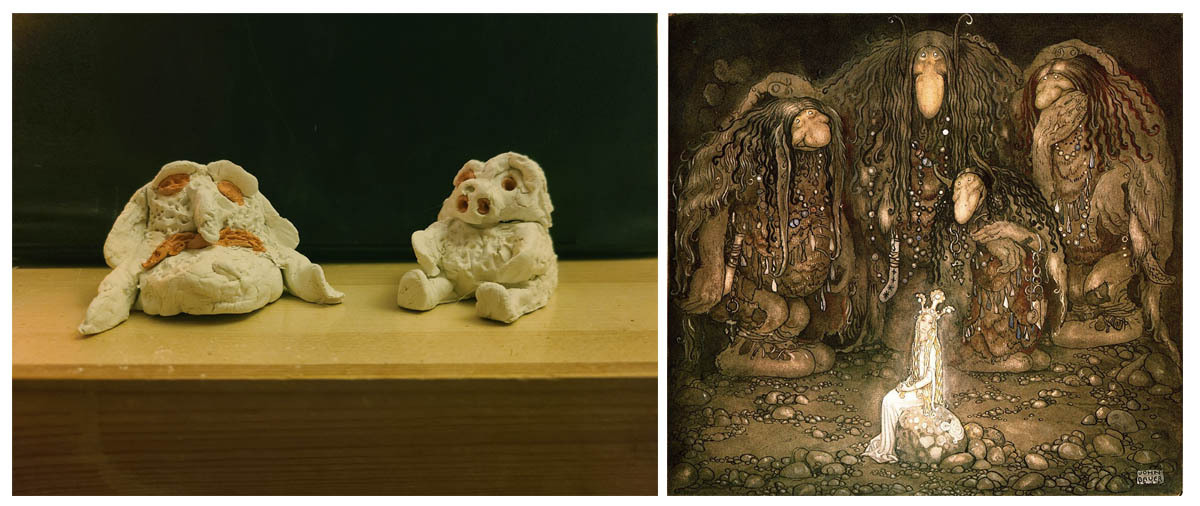
A word about trolls. According to Wikipedia, trolls are “considered dangerous to human beings … may be ugly and slow-witted, or look and behave exactly like human beings.” I am, of course, talking about Nordic trolls here. They are usually portrayed as being very short, with very large noses and a very large stomach. They are the subject of many traditional folk stories, some of which were read (with great expression) at the ‘bedtime story’ sessions.
Reindeer
For the next fact, you must bring to mind an image of Santa driving his sleigh through the night sky. Each reindeer has a full set of headgear – right? With names like Rudolph and Cupid they are probably nearly all male – right? Wrong. Male reindeer shed their antlers round about the beginning of December; females don’t. So, all Santa’s reindeer should be female!
The Classics
If asked to name a Norwegian artist, author and composer, I am not sure I could have done – before the cruise, that is. And yet the names Munch, Ibsen and Grieg are so very familiar – I just hadn’t appreciated that they were all Norwegian. Hunta, an Expedition Team member, was quite an authority and gave a very interesting presentation on a wide range of Norwegian classics.
War
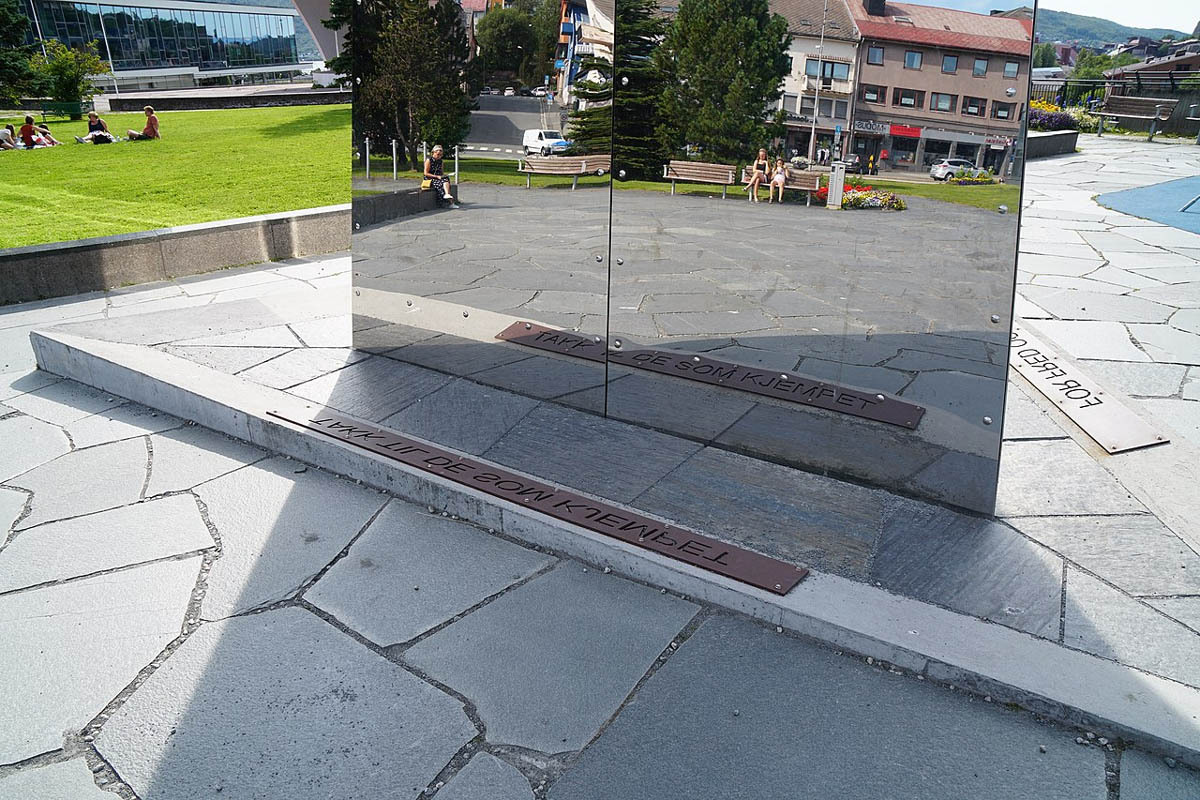
One of our shore visits was to the war museum at Narvik. I was never clear as to how or why Norway was brought into the second world war, given its determination to remain neutral. I now know it was because the town had a plentiful supply of iron ore and, uniquely for Norway, a port that did not freeze over in winter. Hitler needed iron ore and didn’t care how he got it. The rest is history, and this modern, child-friendly museum is a fitting memorial.
Petroleum
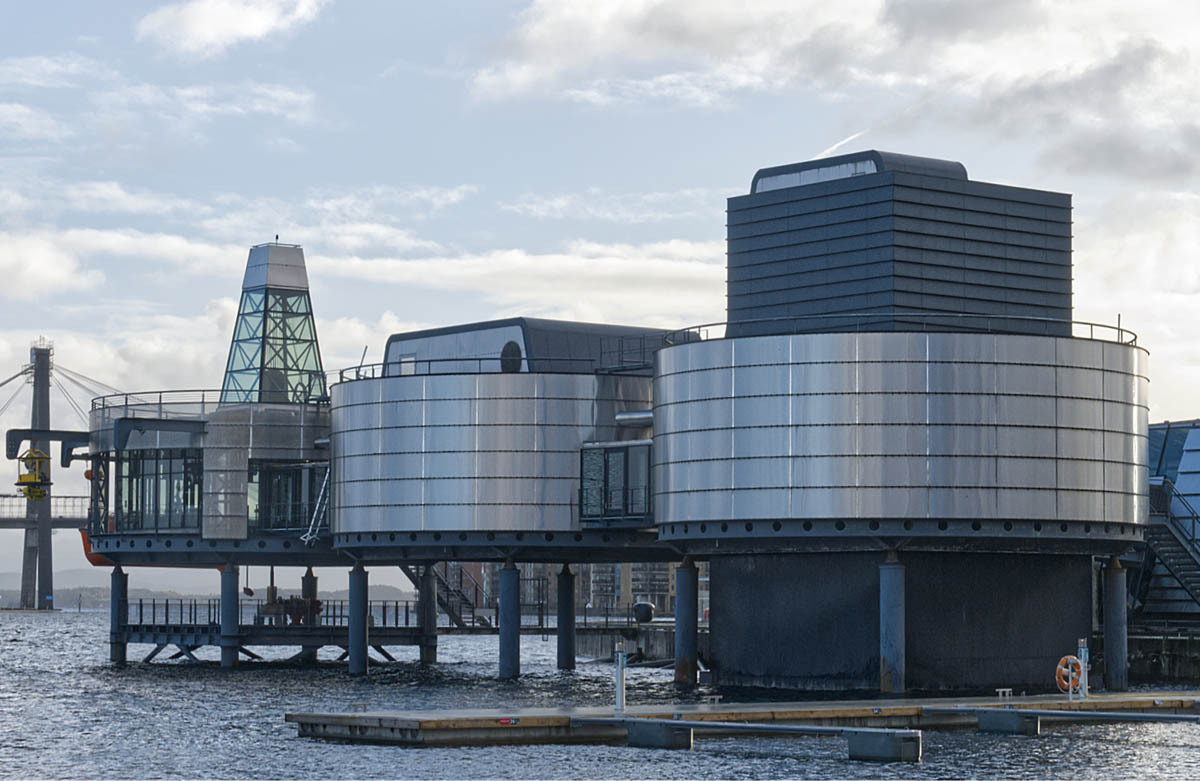
Norway is a world leader in all things ‘green’, so it was a surprise to be visiting an oil museum. The building is designed to represent an oil rig and the architecture is stunning. There is a whole section on care of the environment, which sits strangely alongside this homage to fossil fuel. Be that as it may, Norway has managed the industry wisely: the government owns the gas and oil licences and uses the wealth generated to fund welfare projects. Income is taxed at a high rate for everyone but, for oil companies, it is a whopping 78 per cent.
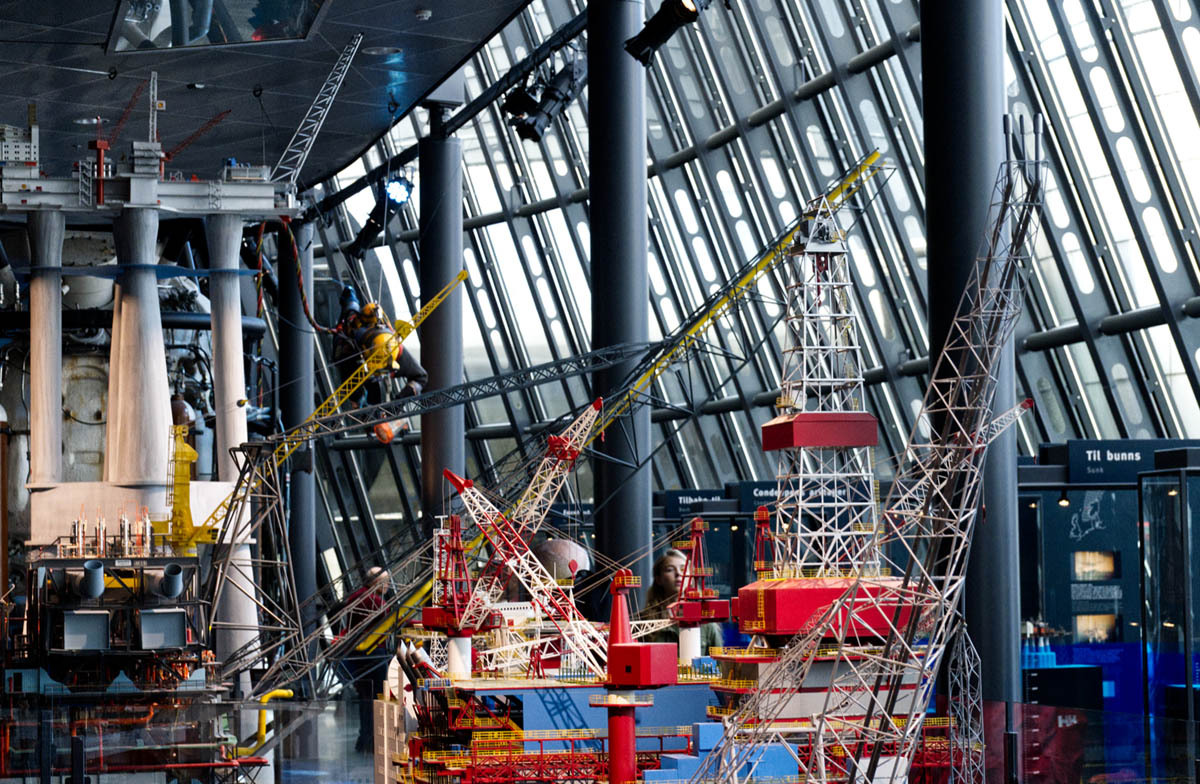
Teslas
It was the taxis we noticed first, but it soon became apparent that almost all the cars on the road were Teslas. We surmised this was because Norway is ahead of the game in all things green, and Tesla was ahead of the game with electric vehicles, but a bit of research shows that this is not the whole picture. The Norwegian government wants everyone to drive electric cars, so there are perks. Tesla drivers pay less tax, are exempt from toll charges, have free parking, can drive in bus lanes (significantly quicker), and can charge for free at any of the public charging points – of which there are many – over 2,000 in Olso alone. It’s a no brainer!
Happiness
One thought-provoking ‘bedtime’ session was delivered by Julia (pronounced Yoo-lia); her subject was ‘Why are Norwegians so happy’ – a good note on which to end. For some reason Norwegians are given a bad press, with reports of depression and suicides on account of the long winter nights and the cold. But official statistics give the lie to this. In 2023, the World Happiness Report (WHR) ranked Norway seventh out of 137 countries. The WHR bases its findings on six key indicators:
- GDP per capita;
- social support;
- healthy life expectancy;
- freedom;
- generosity; and
- low levels of corruption.
Julia expanded on a few of those:
- Norwegians enjoy the peace of mind that comes with an excellent health service, free at the point of delivery;
- high quality, wide-ranging public services;
- work life balance – the Norwegian philosophy is that you work to live, not live to work; and
- people feel valued – Norway ranks highly in terms of equal pay for similar work and pay gaps (including gender pay gaps) are relatively narrow.
Funnily enough, money is never even mentioned, in spite of the fact that Norwegians are heavily taxed. Whilst the basic rate is not so high, there are other taxes, one of which is a wealth tax on global assets – wherever they are stashed!
At the Q&A session that followed someone asked how one gets Norwegian citizenship. The answer – should you be interested by now – speak the language and have a job.





